
Podcast: Play in new window | Download (Duration: 18:38 — 26.3MB)
Subscribe: Google Podcasts | Spotify | Android | RSS | More
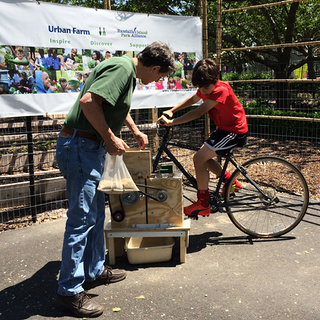 Randall’s Island is a small piece of land just east of 125th Street in New York’s East River. It is also around 2 degrees further south than the northern limit of rice growing on Hokkaido in Japan. What could be more natural, then, than for a community farm on Randall’s Island to have a go at growing rice, a staple that the kids who come to the farm enjoy, but one that they’ve never seen growing? The assistant horticulture manager scored some rice seeds and with advice from her grandmother in Korea set to. They built a miniature paddy, like a flooded raised bed, and managed to harvest about six kilograms of rice. And that’s when their trouble began. Rice is darn difficult to hull and clean.
Randall’s Island is a small piece of land just east of 125th Street in New York’s East River. It is also around 2 degrees further south than the northern limit of rice growing on Hokkaido in Japan. What could be more natural, then, than for a community farm on Randall’s Island to have a go at growing rice, a staple that the kids who come to the farm enjoy, but one that they’ve never seen growing? The assistant horticulture manager scored some rice seeds and with advice from her grandmother in Korea set to. They built a miniature paddy, like a flooded raised bed, and managed to harvest about six kilograms of rice. And that’s when their trouble began. Rice is darn difficult to hull and clean.
A piece by Rachel Laudan tipped me off to the Randall’s Island rice, and I was excited to discover that the person who origially wrote the story for The New Yorker was Nicola Twilley, a writer whose Edible Geography (and other projects) I have long admired. Luckily for me, she was happy to talk.
What intrigued me about the story of hulling rice in the northeastern US, was how it resonated with the plight of subsistence farmers in India, Bolivia and elsewhere. The women in many communities spend hours a day of hard and often dangerous work to prepare the seeds they have grown and harvested. I can’t blame them if they would just as soon sell their back-breaking crop and buy prepared convenience foods, and hang the nutritional consequences. I’ve seen for myself how electrical mini-mills remove this drudgery for women in the Kolli Hills of India, and in so doing boost the consumption of nutritious millets. The same sort of approach, an inexpensive, locally-built machine, has made processing quinoa much easier for farmers on the Altiplano of Bolivia. There’s something fitting about New York rice being treated in a similar way.

Notes
- Edible Geography, Nicola Twilley’s website, is endlessly interesting and entertaining. If you’re into podcasts, don’t miss the great show Roman Mars and 99pi did based on her research into cow tunnels.
- Rachel Laudan has made something of a specialty of pointing out that growing cereals is the easy part; preparing them for food is what takes hard work and ingenuity.
- Ecological Rice Farming in the Northeastern USA is not nearly as silly as it may first seem.
- And for all the details of Don Brill’s rice hullers, you need to head over to Brill Engineering, which sounds a lot grander than an inveterate tinkerer with a basement full of bits and pieces.
- Daniel Felder, head of research at Momofuku, takes research into fermentation and terroir very seriously. Nicola has written about that too.
- Photo of Don Brill and a volunteer rice peddler by Nicola Twilley, as are all the others. Thanks.
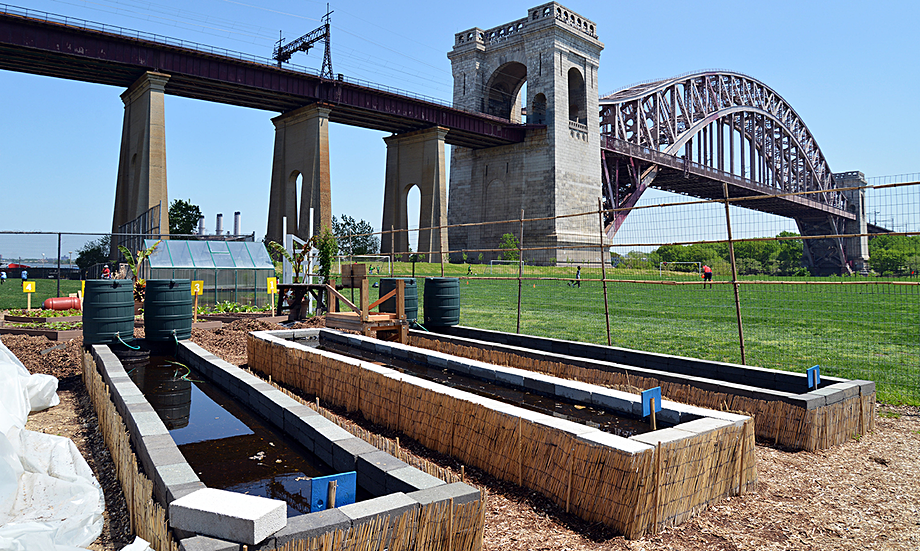

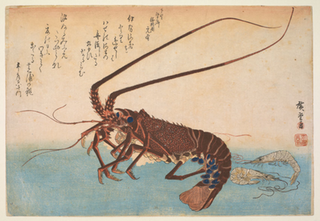 I’m fascinated by Japanese food, but from a position of profound ignorance. I’ve never been there and I’ve never having eaten anything I could definitely say was “genuine,” aside from a wasabi chocolate cake baked by a Japanese friend. So the opportunity to talk to a Westerner living in Japan was one I leaped at. Jason Irwin is a Canadian who has been helping people in Japan learn English for the past seven years. He’s not in a big city, and he is part of a Japanese family, so he probably has a better understanding than many. He’s also leaving Japan soon. Time, obviously, to talk.
I’m fascinated by Japanese food, but from a position of profound ignorance. I’ve never been there and I’ve never having eaten anything I could definitely say was “genuine,” aside from a wasabi chocolate cake baked by a Japanese friend. So the opportunity to talk to a Westerner living in Japan was one I leaped at. Jason Irwin is a Canadian who has been helping people in Japan learn English for the past seven years. He’s not in a big city, and he is part of a Japanese family, so he probably has a better understanding than many. He’s also leaving Japan soon. Time, obviously, to talk.
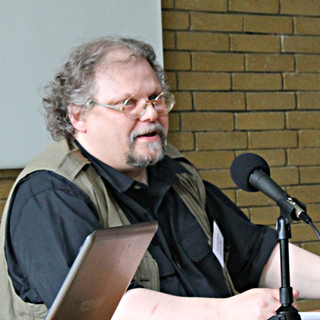 The history of pasta, ancient and modern, is littered with myths about the origins of manufacturing techniques, of cooking, of recipes, of names, of antecedents. Supporting most of these is a sort of
The history of pasta, ancient and modern, is littered with myths about the origins of manufacturing techniques, of cooking, of recipes, of names, of antecedents. Supporting most of these is a sort of 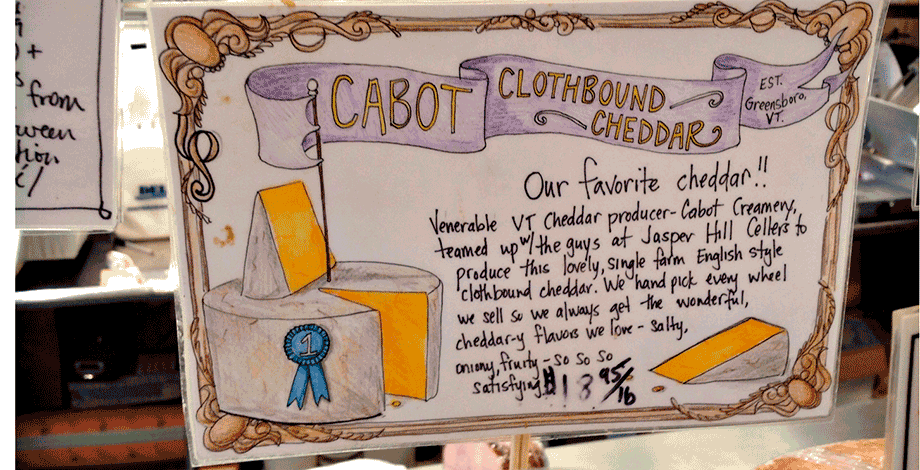
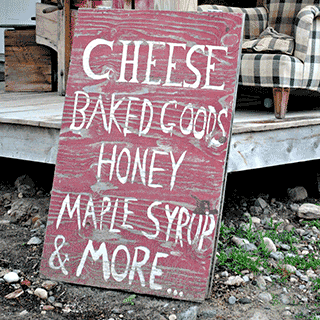 What do artisanal cheese and maple syrup have in common? In North America, and elsewhere too, they’re likely to bring to mind the state of Vermont, which produces more of both than anywhere else. They’re also the research focus of
What do artisanal cheese and maple syrup have in common? In North America, and elsewhere too, they’re likely to bring to mind the state of Vermont, which produces more of both than anywhere else. They’re also the research focus of 
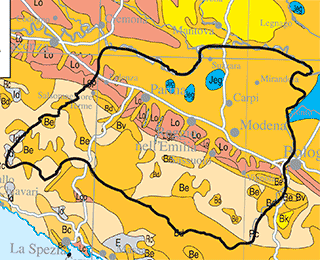 Great wheels of parmesan cheese, stamped all about with codes and official-looking markings, loudly shout that they are the real thing: Parmigiano-Reggiano DOP. They’re backed by a long list of rules and regulations that the producers must obey in order to qualify for the seal of approval, rules that were drawn up by the producers themselves to protect their product from cheaper interlopers. For parmesan, the rules specify how the milk is turned into cheese and how the cheese is matured. They specify geographic boundaries that enclose not only where the cows must live but also where most of their feed must originate. But they say nothing about the breed of cow, which you might think could affect the final product, one of many anomalies that Zachary Nowak, a food historian, raised during his presentation at the recent Perugia Food Conference on Terroir, which he helped to organise.
Great wheels of parmesan cheese, stamped all about with codes and official-looking markings, loudly shout that they are the real thing: Parmigiano-Reggiano DOP. They’re backed by a long list of rules and regulations that the producers must obey in order to qualify for the seal of approval, rules that were drawn up by the producers themselves to protect their product from cheaper interlopers. For parmesan, the rules specify how the milk is turned into cheese and how the cheese is matured. They specify geographic boundaries that enclose not only where the cows must live but also where most of their feed must originate. But they say nothing about the breed of cow, which you might think could affect the final product, one of many anomalies that Zachary Nowak, a food historian, raised during his presentation at the recent Perugia Food Conference on Terroir, which he helped to organise.